

There is often a debate on whether colouring pages should be used in early childhood services. Do they limit creativity? Or foster creativity? Do they restrict children from thinking freely? Or can it they be used as inspiration? The following article provides information on the Pro and Cons Of Colouring Pages, Does Colouring Pages Hinder Creativity, Using Colouring Pages To Complement Open Ended Activities, Colouring Pages and the EYLF and more.
Painting with toddlers and preschoolers can be a wonderful and enriching activity. It not only stimulates their creativity but also supports their overall development. The following article provides information on the Benefits Of Painting, Appropriate Painting Materials and Resources For Children, Painting Experiences With Toddlers, Painting Experiences For Toddlers, Painting Experiences For Preschoolers, Linking To The EYLF and more.
Showcasing children’s work creatively can boost their confidence and make them feel valued. The following article provides information on Showcasing Children's Work, Showcasing Children's Work Outdoors, Showcasing Ongoing Projects, Showcasing Collaborative Projects and more.
This quick art is easy and enables children to create their own fireworks with chalk. Children can create their own fireworks designs and colours to make their own unique fireworks display.
Play provides opportunities for children to learn as they discover, create, improvise and imagine. Creative play in children immerse themselves in their imaginary worlds they become whatever they want to be. Also known as role play, and pretend play, the benefits of creative play range from learning to think in abstractions to social and emotional learning. The following article provides ideas and strategies for incorporating creative play in each individual eylf learning outcomes.
This STEAM activity is a great project. It uses shapes, gravity and movement to create art with some awesome colours. Children will learn to create a roly-poly art using a fun technique with balls. Children will begin to understand explore its effects and use it to create a colourful piece of art.
Wassily Kandinsky was a Russian artist, printmaker and art theorist whose works were among the first to herald the modernist movement in art. Since childhood, he was deeply fascinated by colour and shapes and this is reflected over the many artistic phases of his own career. The following provides information on Wassily Kandinsky's art experiences that can be created by children.
Salvador Dali was a famous Spanish artist known for being unconventional in both his creations and appearance. His paintings, sculptures and films often have a dream-like quality about them, often because the bizarre landscapes or actions depicted cannot happen in the real world. This led to his art being described as Surrealism. Though such terms might sound rather highbrow, the art can be surprisingly conducive to working with children because of the very lack of logical possibility. Here are a few ways that you can explore Salvador Dali with your learners in early childhood settings.
Jackson Pollock was an American artist who painted in the abstract expressionist style. He is best known for works created by dripping and splashing paint on a large canvas that would lie flat on the floor. Additionally, he would often use dance-like movements when splashing colour on the canvas - a method that came to be known as action painting. Here are a few ways that you can explore Jackson Pollock with your learners in early childhood settings.
One of the greatest French artists of the 20th century, Henri Matisse is known for his fluid use of colours and forms in paintings and sculptures. The following provides information on Henri Matisse's art experiences that can be created by children.
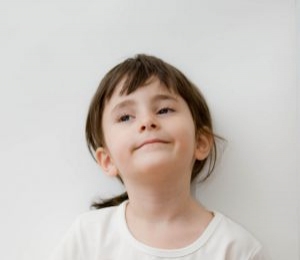 Open ended questions cannot be responded to with one word answers such as yes or no. These types of questions enables a child to provide… Read More
Open ended questions cannot be responded to with one word answers such as yes or no. These types of questions enables a child to provide… Read More
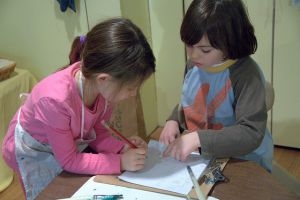 During your child’s preschool years, an important milestone begins to emerge. This is the development of pre-writing skills. Pre-writing skills are used to encourage, develop… Read More
During your child’s preschool years, an important milestone begins to emerge. This is the development of pre-writing skills. Pre-writing skills are used to encourage, develop… Read More
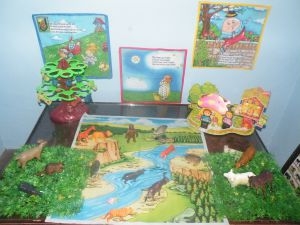 Open ended materials enables children to play freely. They are objects that have no rules to follow, use or function. Raw materials that can be… Read More
Open ended materials enables children to play freely. They are objects that have no rules to follow, use or function. Raw materials that can be… Read More
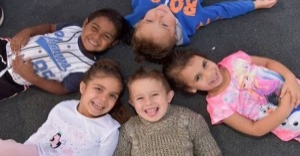 An Acknowledgment of the Country is a way of showing respect for the Traditional Owners and can be given by both non-Indigenous people and Aboriginal… Read More
An Acknowledgment of the Country is a way of showing respect for the Traditional Owners and can be given by both non-Indigenous people and Aboriginal… Read More
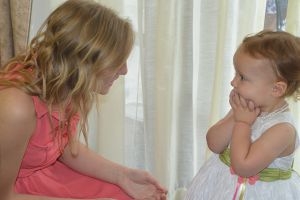 Language plays an important role in a child’s development. It enables a child to communicate effectively with their family, learn at school, socialize with friends,… Read More
Language plays an important role in a child’s development. It enables a child to communicate effectively with their family, learn at school, socialize with friends,… Read More
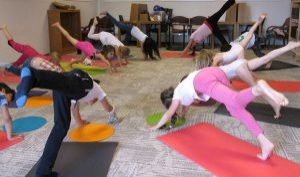 Like adults, children have to deal with their own stress in life. Moving house, starting a new school, preparing for a new sibling - these are… Read More
Like adults, children have to deal with their own stress in life. Moving house, starting a new school, preparing for a new sibling - these are… Read More
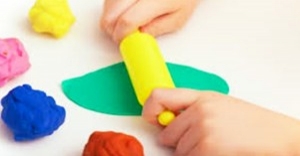 Playdough is such a versatile material. It provides numerous benefits to children as they manipulate it, it is safe and soothing and provides children with… Read More
Playdough is such a versatile material. It provides numerous benefits to children as they manipulate it, it is safe and soothing and provides children with… Read More
 Teaching children about sustainability enables them to appreciate and respect the natural environment. Early childhood services can provide meaningful hand on learning experiences in order… Read More
Teaching children about sustainability enables them to appreciate and respect the natural environment. Early childhood services can provide meaningful hand on learning experiences in order… Read More
 Recycling is an important concept that teaches children to care for the environment. It encourages children to be responsible and show a growing appreciating for… Read More
Recycling is an important concept that teaches children to care for the environment. It encourages children to be responsible and show a growing appreciating for… Read More
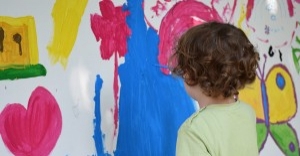 When children apply paint to paper, glue things together, or pound a lump of clay, they experiment with colour, shape design and texture.
Read More
When children apply paint to paper, glue things together, or pound a lump of clay, they experiment with colour, shape design and texture.
Read More

A: As the end of the preschool year approaches, preschool educators begin preparing for graduation...
See more...
Erik Erikson’s theory of psychosocial development is a great framework for designing activities that support...
See more...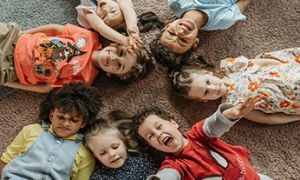
Yulunga means playing in the language of the Kamilaroi (Gamori) people of northwestern New South...
See more...© 2009-2025 Aussie Childcare Network Pty Ltd. All Rights Reserved.
